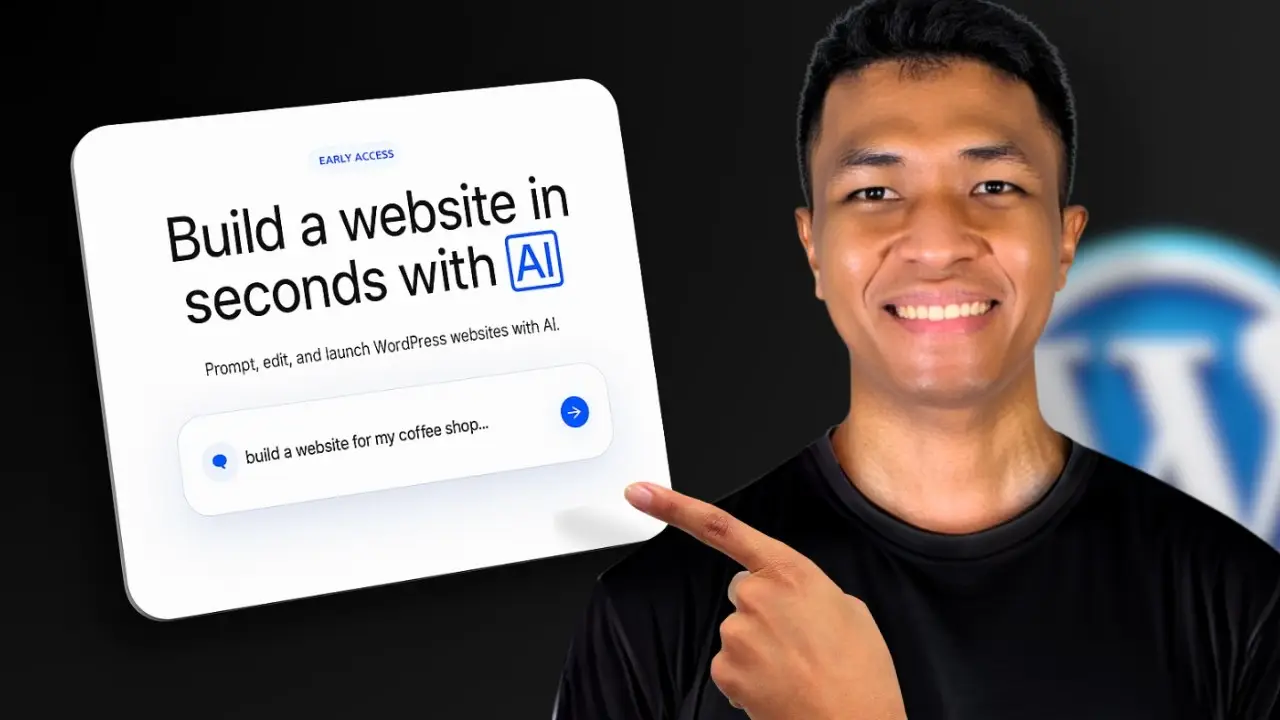- Craft a context-rich prompt that sets the tone and expertise level
- Include specific formatting instructions for dynamic, scannable content
- Balance prompt length – detailed enough to guide AI but not overly complex
Have you ever stared at a blank screen, wondering how to craft the perfect AI prompt for your blog post? You’re not alone. In this article, I’ll share the ultimate AI prompt formula that I wish I’d known from the start. It’s a game-changer that will help you create content so good, both search engines and humans will love it. Let’s dive right in!
The Problem with Simple Prompts
First, let’s look at what happens when you use a basic prompt. Say you ask ChatGPT something like:
“Generate an article draft about how to maintain e-bike battery”
Sure, you’ll get a decent result. But we can do so much better! The key is to craft a prompt that guides the AI to create more dynamic, engaging content that people will actually want to read.
Crafting the Perfect AI Prompt
Here’s the secret sauce – a step-by-step guide to creating the ultimate AI prompt:
- Set the context: Start by giving the AI a persona. For example:
“Pretend you’re someone who’s been using e-bikes for more than three years.” - Specify the content: Be clear about what you want:
“Generate a 1200-word SEO-friendly article draft about how to maintain an e-bike battery.” - Define the audience: Who are you writing for?
“The target audience is people who just bought an e-bike for the first time.” - Choose the tone: How should it sound?
“Use a conversational, human-like tone.” - Ensure quality: Ask for engaging, fluff-free content:
“Make sure the article is informative and engaging with no fluff.” - Add dynamism: Request varied sentence structures:
“Vary the length of sentences to make the content more dynamic.” - Include formatting elements: Ask for visual breaks in the text:
“Sprinkle with bold text, bullet points, and info tables to make the article easier to read.” - Request key sections: Ask for summary and FAQ sections:
“Add 3-5 short key takeaways at the very beginning and an FAQ section at the very end.” - Make headings intriguing: Ask for attention-grabbing headers:
“Use headings that create intrigue.”
The Result: A Superior Article
When you combine all these elements, you’ll get an article that’s not just informative, but also engaging and visually appealing. It’ll have varied sentence structures, interesting headings, and useful formatting that makes it easy to scan – perfect for both human readers and search engines.
Let’s break down why this approach works so well:
Context and Expertise
By setting a context (e.g., “someone who’s been using e-bikes for three years”), you’re giving the AI a framework for the level of expertise and personal experience to include. This helps create more authentic, relatable content.
Audience-Focused Content
Specifying your target audience helps the AI tailor the content to their needs and knowledge level. In our example, focusing on first-time e-bike owners ensures the content isn’t too technical or overwhelming.
Dynamic Structure
Varying sentence lengths and using different formatting elements like bold text, bullet points, and tables makes the content more visually appealing and easier to scan. This is crucial because, as mentioned in the video, most people don’t read articles word-for-word – they scan for interesting bits.
Engaging Headings
Asking for intriguing headings helps capture the reader’s attention and encourages them to read more of the content. It’s a simple but effective way to increase engagement.
Key Takeaways and FAQs
Adding these sections at the beginning and end of the article provides quick value for readers and addresses common questions, improving the overall usefulness of the content.
Avoiding Overly Complex Prompts
While it’s important to provide detailed instructions, be cautious about making your prompt too long or complex. As mentioned in the video, excessively long prompts can lead to some elements being ignored by the AI. Strike a balance – provide enough detail to guide the AI effectively, but keep it concise enough to ensure all aspects are addressed.
Humanizing Your AI-Generated Content
Remember, the AI-generated content is just a starting point. To truly make your content shine, you’ll need to add your personal touch. Here’s how to really humanize AI content and make it more engaging for your readers.
Conclusion
Crafting the perfect AI prompt is an art, but with this formula, you’re well on your way to mastering it. Remember, the key is to guide the AI with specific instructions about context, audience, tone, and structure. With practice, you’ll be creating amazing content in no time!
So, next time you’re facing that blank ChatGPT screen, give this prompt formula a try. You might just be amazed at the results! And don’t forget, the AI-generated content is just the beginning. Your unique insights, experiences, and voice are what will truly make your content stand out.
Happy writing!






